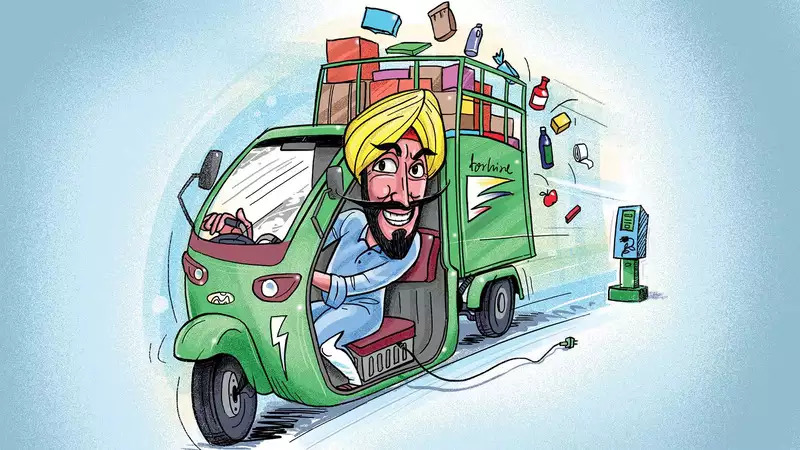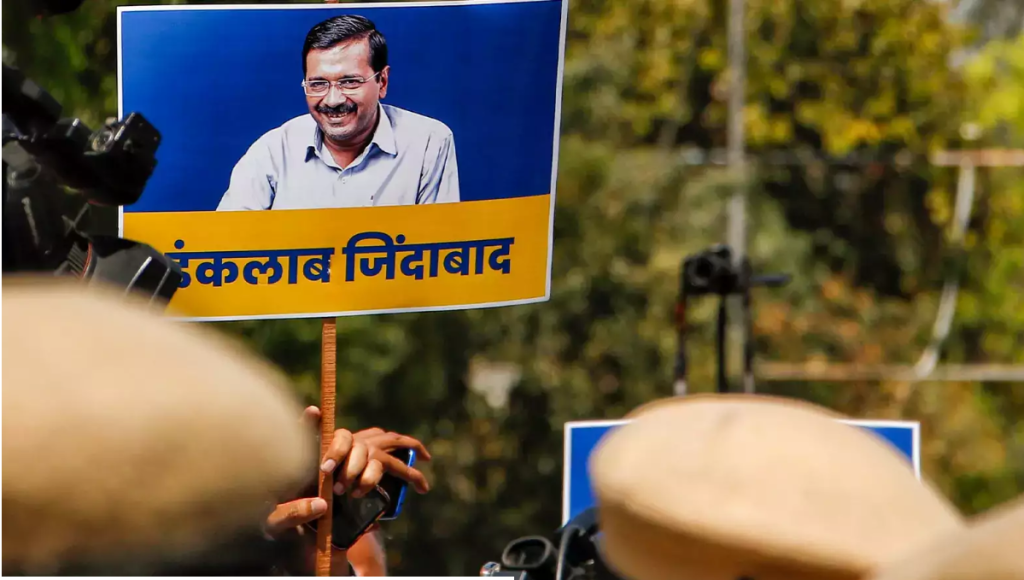People are still debating the merits of India\’s nuclear tests, but that matters little now that the deed is done. What has been tested can be detested, but not detested. The relevant question is, where do we go from here?
On the economic side, the government has sought to combat economic sanctions through measures to attract more foreign investment. That is sensible.
What of the military future? The recent tests included low-yield explosions below one kiloton. Such small bombs can be used as tactical weapons (artillery shells fired from a tank or howitzer) as distinct from strategic weapons (like nuclear missiles). Some lay folk believe that tactical nuclear weapons will improve our security. In fact, these are fraught with danger and must be avoided like the plague. We must stick to strategic weapons (the big bombs) for deterrence, and reject tactical weapons (the small bombs) as unthinkable.
Why should small bombs be so much more dangerous than large ones—because today there is a clear distinction between conventional war (using tanks, planes, warships) and nuclear war. Conventional war causes deaths, but not the catastrophic holocaust that nuclear war does. So we must ensure that conventional war does not escalate into nuclear war.
However, if we fit tactical nuclear war heads into conventional weapons like tanks and howitzers, the distinction between conventional and nuclear war will blur or disappear. So conflicts which start with conventional weapons could quickly turn nuclear.
India and Pakistan have fought three conventional wars. They might just fight a fourth (jingoists like Madan Lal Khurana are daft enough to want this). We must ensure that any future war is limited to conventional arms and does not escalate into nuclear war. For that reason, we must absolutely ban tactical nuclear weapons.
Recall that NATO and Communist forces fought in Korea and Vietnam. Both sides had strategic nuclear weapons, but stuck to conventional arms to avoid mutual incineration. Neither side had tactical nuclear weapons at the time. Then in the 1980s, NATO began deploying tactical nuclear weapons in Europe. Fortunately, they were never used.
In the 1962 war between India and China, neither side used planes. Nehru avoided bombing invading Chinese troops for fear that China might respond by bombing Indian cities. Similarly in the short 1965 Indo-Pak conflict in Kutch, both sides avoided using air power, thus thwarting escalation.
But if we ever use tactical nuclear weapons in a future conflict, we risk escalation to mutual vapourisation. The dilemmas involved are sketched graphically in Tom Clancy\’s novel Red Storm Rising. Set in the days of the US-Soviet rivalry, the novel spins an imaginary tale of war between the two. Both sides initially avoid nuclear bombing. But then the Soviets suffer a setback, and the desperate politbureau plans to use tactical nuclear weapons to break through on the West German front. For propaganda purposes, it plans to plant a small tactical bomb in East Germany, pretend this was a first strike by NATO, and then claim it is justified in retaliating with tactical weapons in the main battleground in West Germany.
The politbureau summons General Alekseyev for the job. He pretends to go along with the plan, but is internally horrified. He says to himself, \”They want to use tactical nuclear weapons at the front. And when NATO responds in kind and vapourises my troops, then what? Will it stop with a single exchange or will more and more be used, the explosions advancing east and west?\”
He tells the politbureau, \”Nuclear weapons are, foremost, political weapons controlled by political leaders. This limits their battlefield utility. A decision to use a tactical atomic warhead…must be left to those leaders. But by the time approval is granted, the situation will have changed and the weapon is no longer useful (targets appear and disappear on a minute-to-minute basis). NATO never seemed to grasp this. The weapons they have are designed to be used by battlefield commanders, yet NATO\’s political leadership would not lightly give use authority to those battlefield commanders. Because of this, the weapons they would use (in retaliation) would actually be strategic weapons.\” Thus, politely, Alekseyev warns that escalation is built into the very fabric of the tactical weapons use. He prays to himself, \”Make peace, you fools.\”
But the politbureau orders him to go ahead. Seething internally, Alekseyev tells a friend, \”The defence minister is talking like one of those NATO idiots. There is no wall between a tactical and strategic nuclear exchange, just a fuzzy line in the imagination of amateurs and academics.\”
The story has a happy ending. Alekseyev stages a coup, jails the nuclear maniacs, and negotiates peace with NATO.
But can we really assume such a happy ending if tactical nuclear weapons are used in a future Indo-Pak war? If India used tactical nuclear weapons to wipe out Pakistani tanks in the Sialkot sector, will Pakistan respond only with conventional weapons? Will not Pakistani leaders feel bound to use strategic nuclear weapons in retaliation, bombing Indian cities? And will not Indian leaders respond by bombing Pakistani cities?
I can see no happy ending in such a scenario. I cannot even see an Indian general staging a coup to stop the political leadership from nuclear suicide, as in Red Storm Rising. Instead, I see giant fireballs with huge mushroom clouds devastating Delhi, Karachi, Mumbai, Lahore and all major cities. It should be no consolation to any jingoist that the colour of the fireball may be saffron.
Such symbolism will hardly matter to millions who are vapourised by the bombs.
In any case, as Alekseyev points out, tactical weapons pose thorny questions over who should press the button.
If the Prime Minister retains control, it hobbles the use of tactical weapons in battle. The local Indian commander will request permission to hit a particular target, the PM will consult colleagues and give approval, but by that time the target may have moved away. In many battlefield situations, the decision to fire has to be taken very quickly. So to be sure tactical weapons are used effectively, the Prime Minister has to authorise the local commander to use these without political clearance.
But this would surely be madness. No local commander can be empowered to start a nuclear holocaust: That power must be exercised only by the Prime Minister after due consideration of all political and strategic consequences. A local commander, who may be panicky or experiencing a rush of blood, must never have the authority to start a nuclear exchange.
So, forget tactical weapons. Stick to strategic weapons for deterrence alone.
Let us announce a unilateral ban on tactical weapons, and urge others to do the same. We do not want a saffron storm rising.




